Customer Services
Copyright © 2025 Desertcart Holdings Limited
Desert Online General Trading LLC
Dubai, United Arab Emirates











🎶 Elevate your sound game—because your ears deserve the best.
The Qudelix-5K is a compact, battery-powered Bluetooth USB DAC amplifier featuring dual ES9219 HiFi DACs, Qualcomm QCC5124 chipset with advanced Bluetooth codecs (LDAC, aptX Adaptive, aptX HD, AAC), and a 10-band equalizer. It supports both 2.5mm balanced and 3.5mm unbalanced headphone outputs, delivering up to 240mW and 80mW respectively. Designed for wired headphones, it offers up to 20 hours of streaming in a sleek, durable form factor weighing just 25 grams.
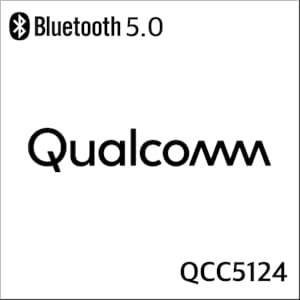



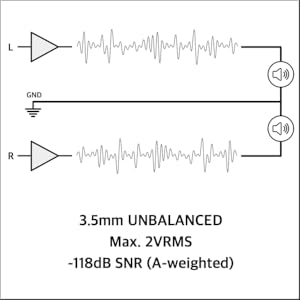

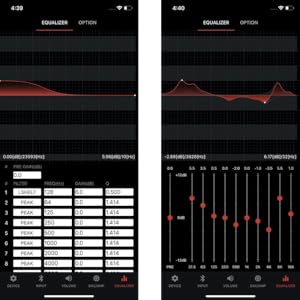
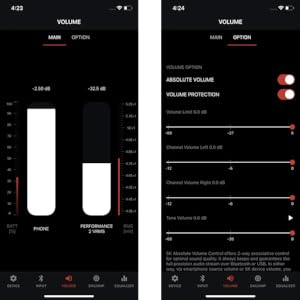
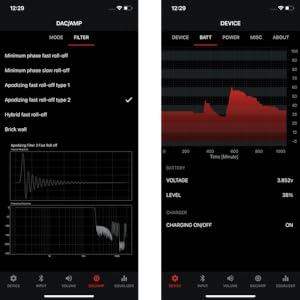


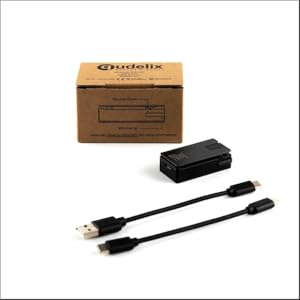
| Power Source | Battery Powered |
| Output Channel Quantity | 4 |
| Connector Type | USB |
| Number of Bands | 10 |
| Compatible Devices | Phones |
| Output Wattage | 5 Watts |
| Item Weight | 26 Grams |
| Item Dimensions D x W x H | 1.05"D x 2.08"W x 0.61"H |
| Color | Black |
Trustpilot
2 days ago
2 months ago
1 month ago
5 days ago